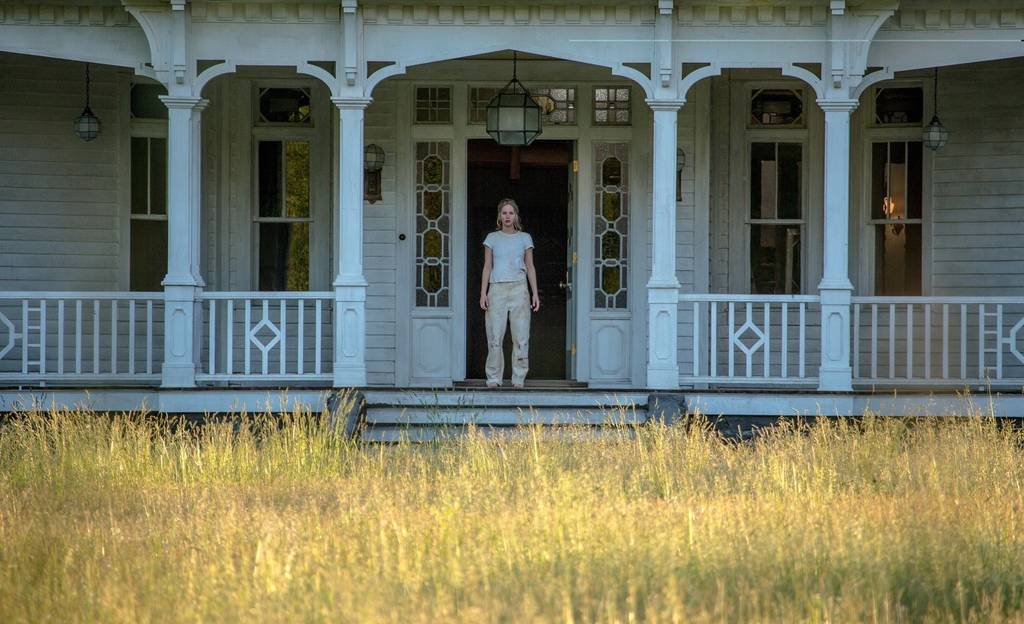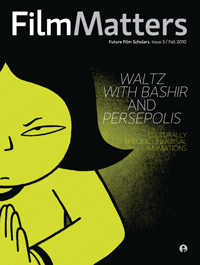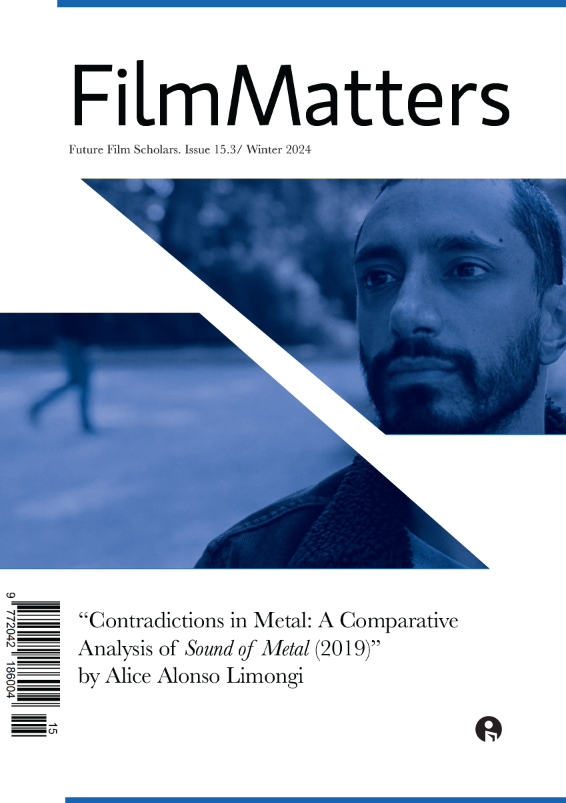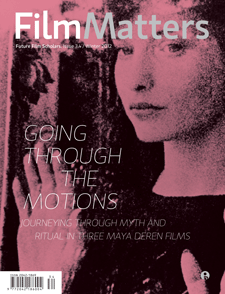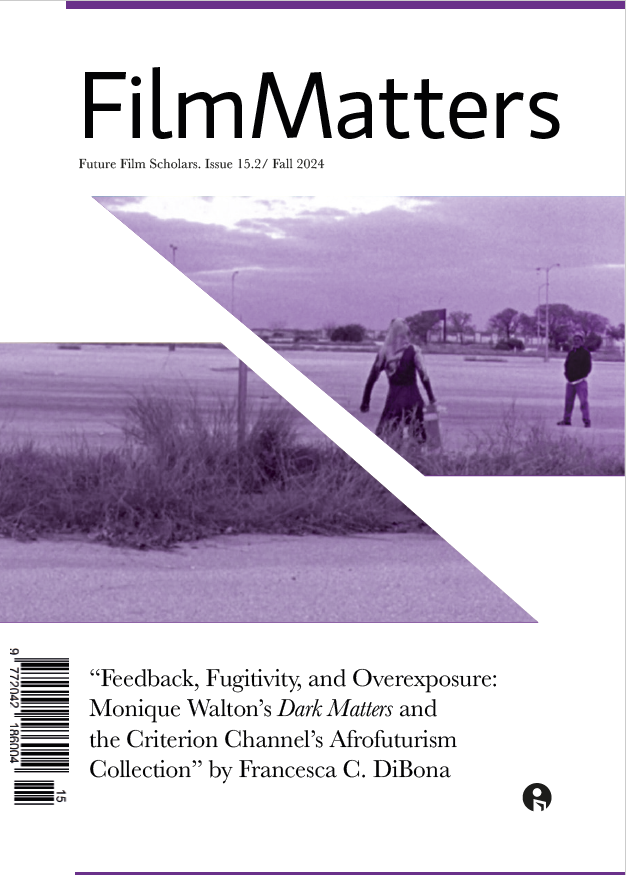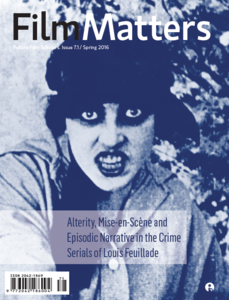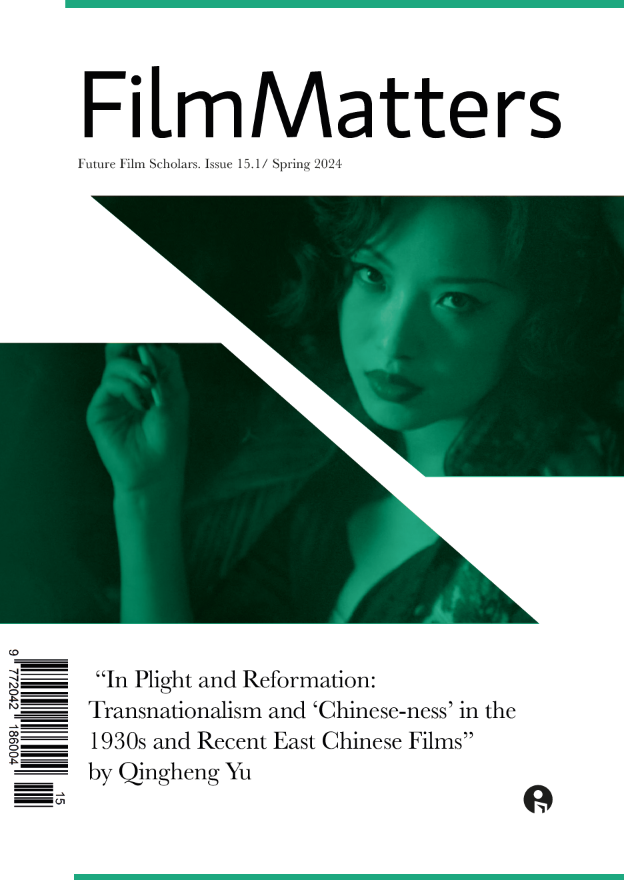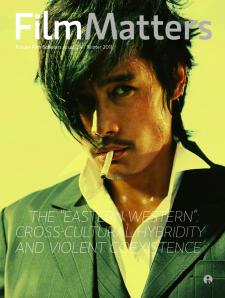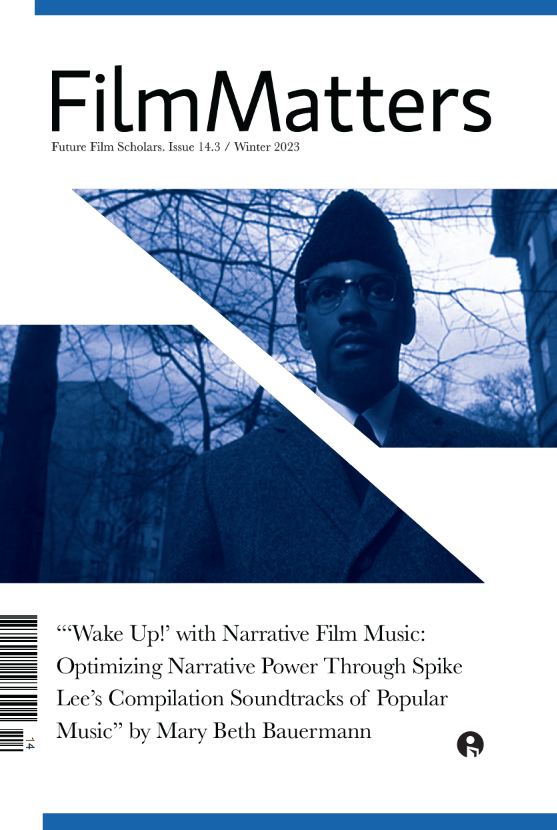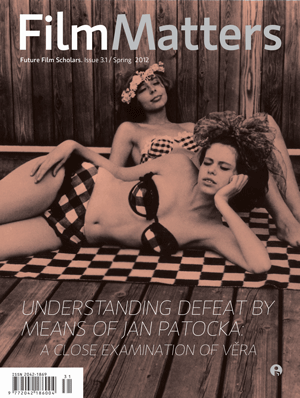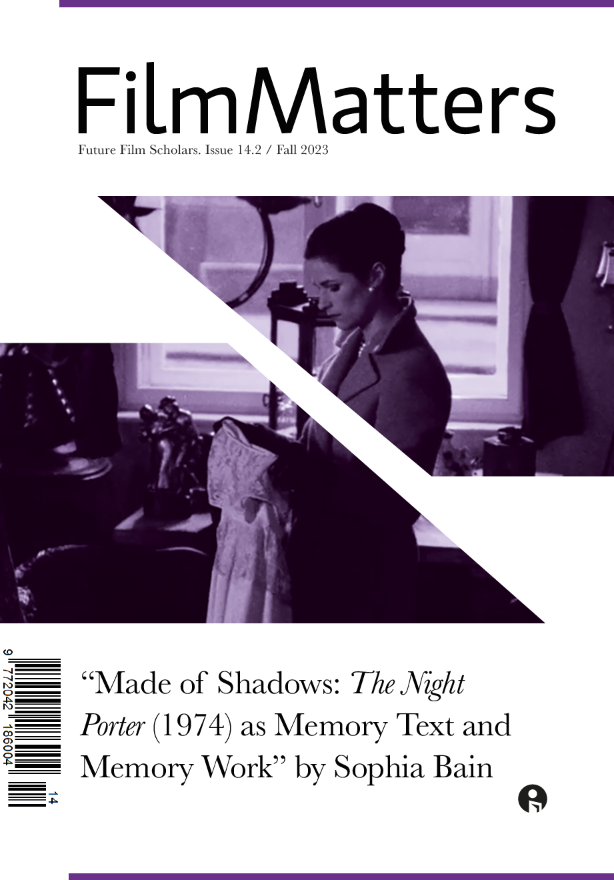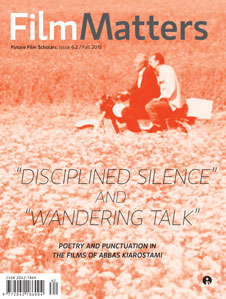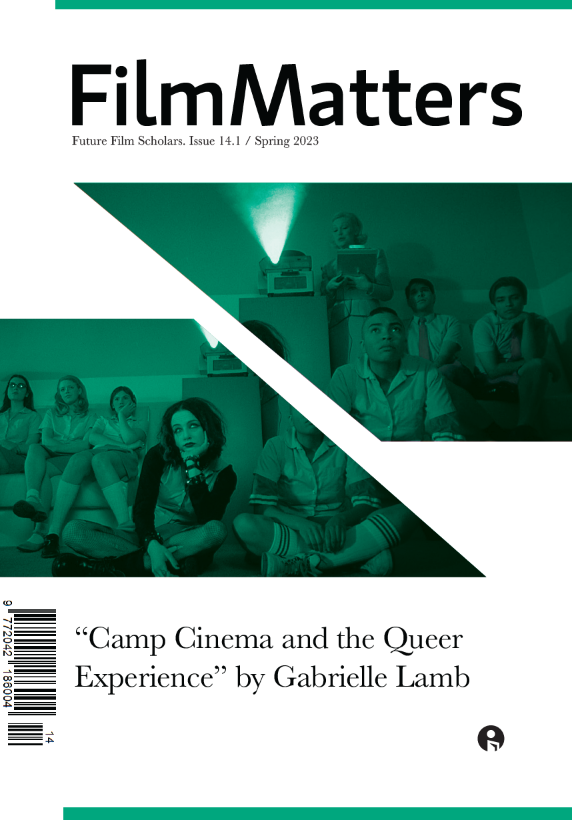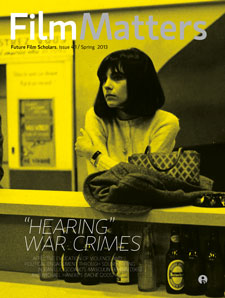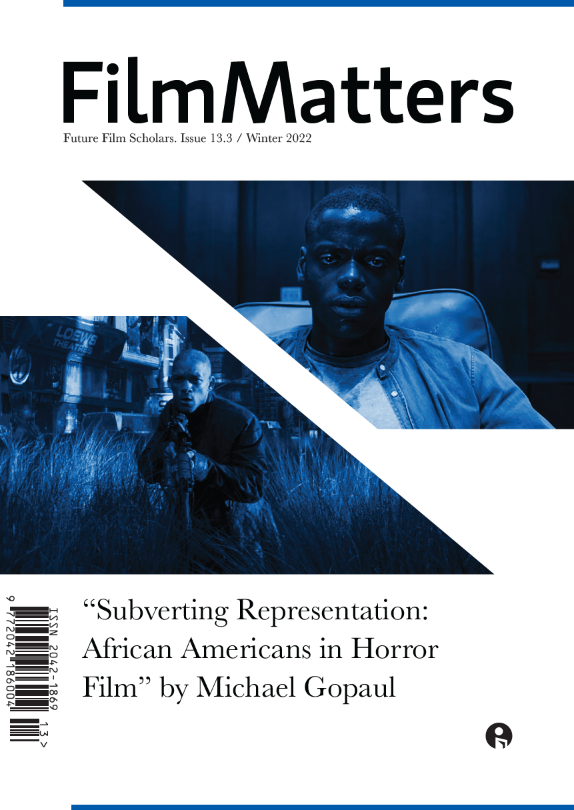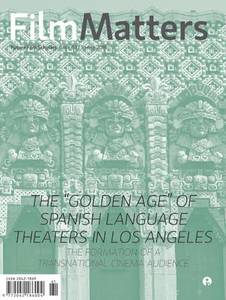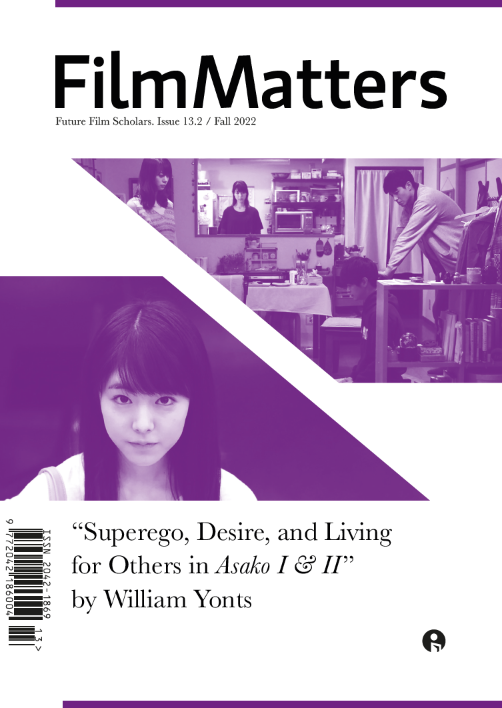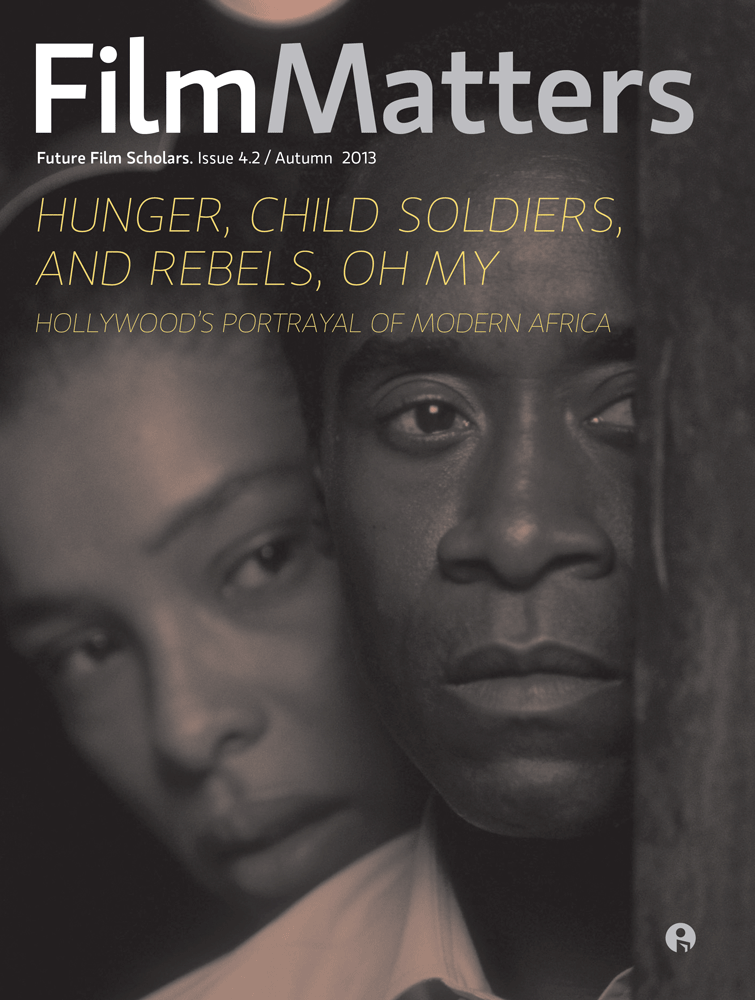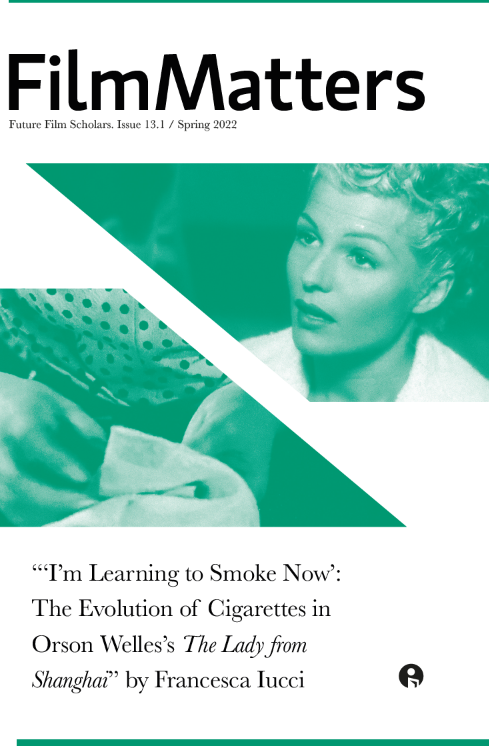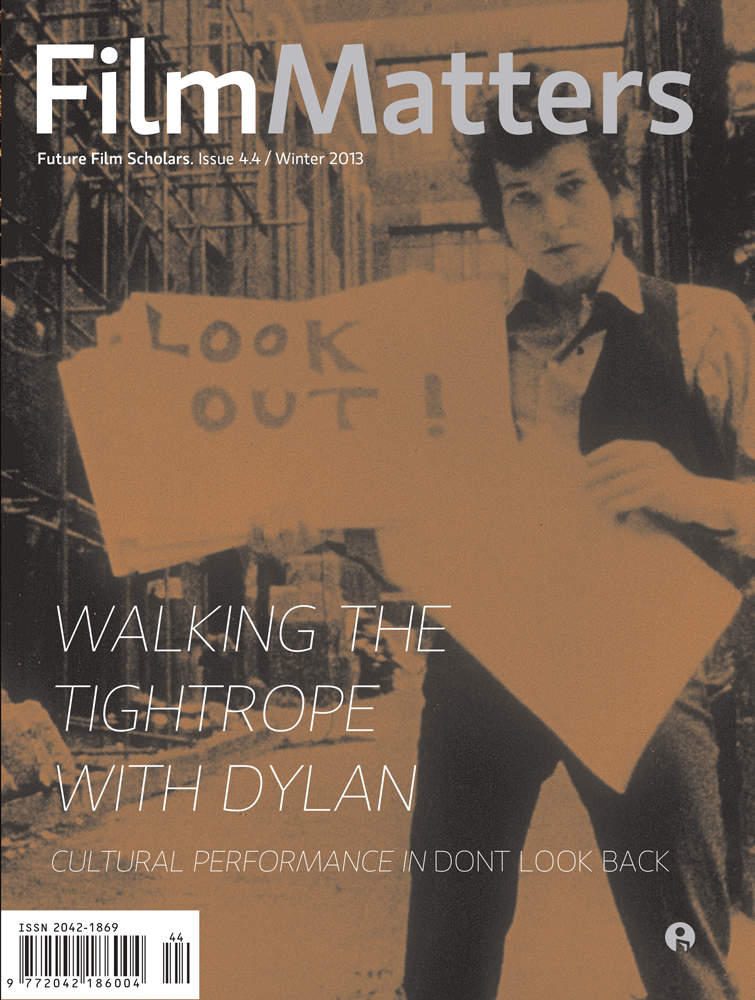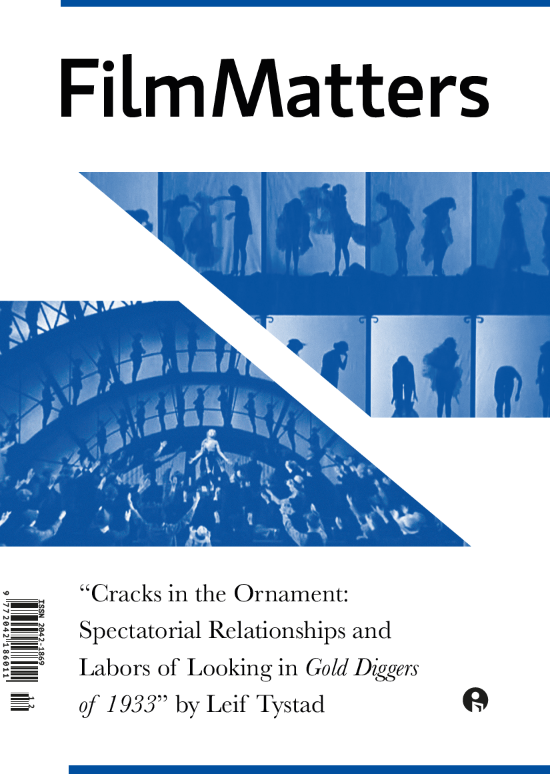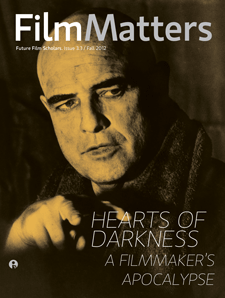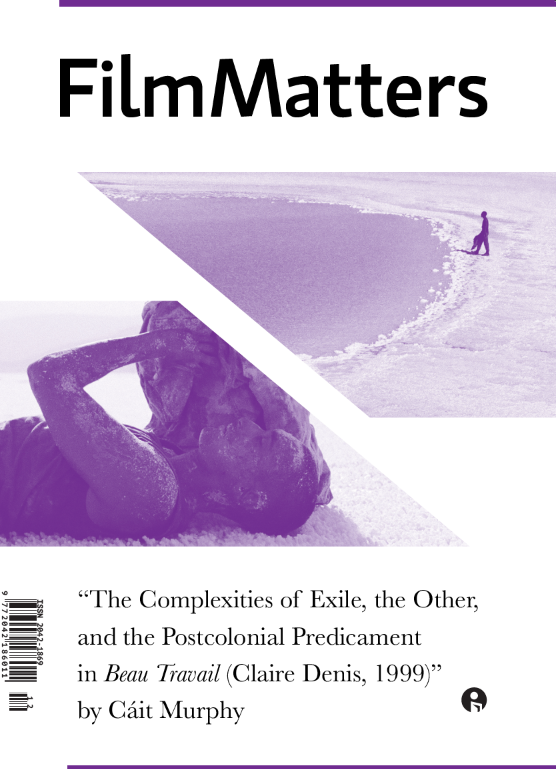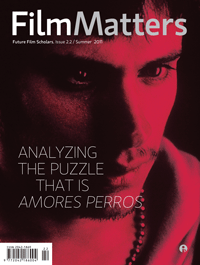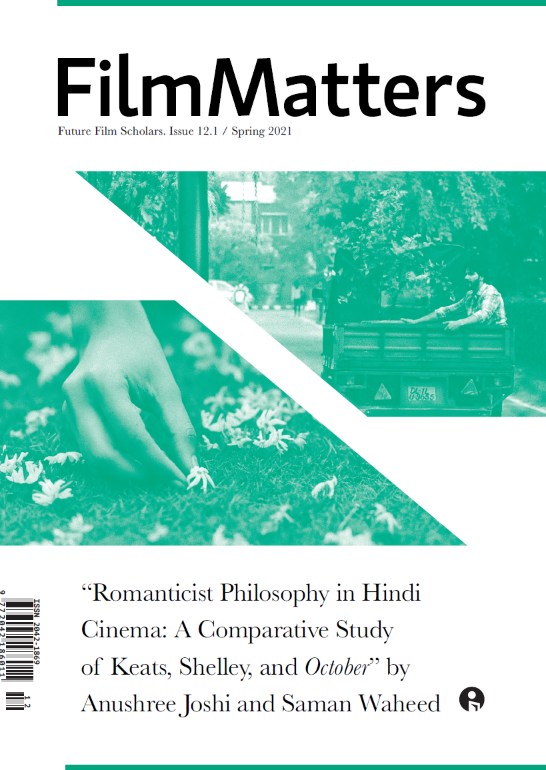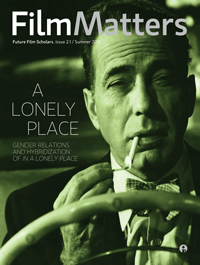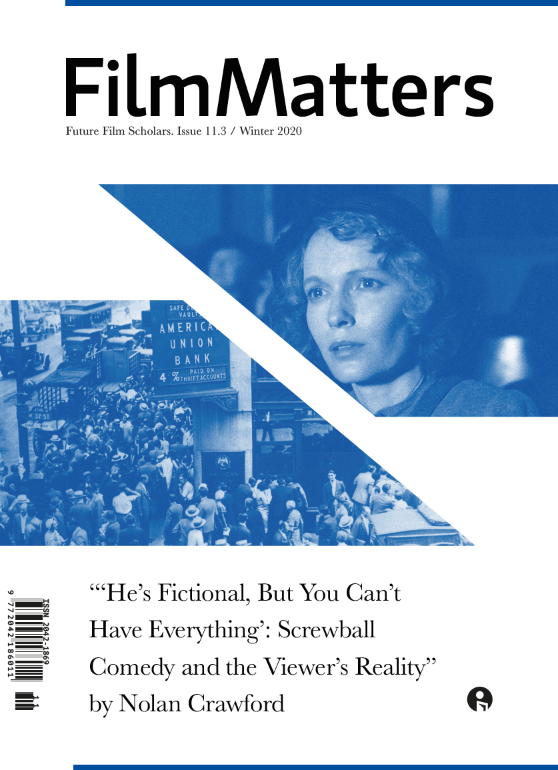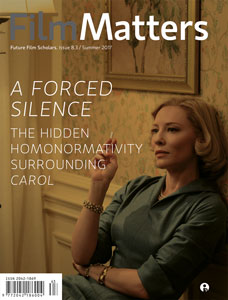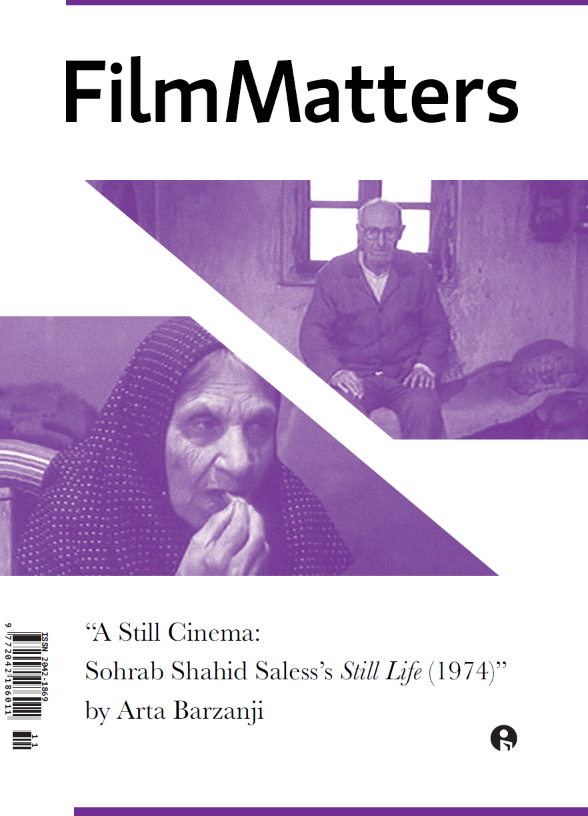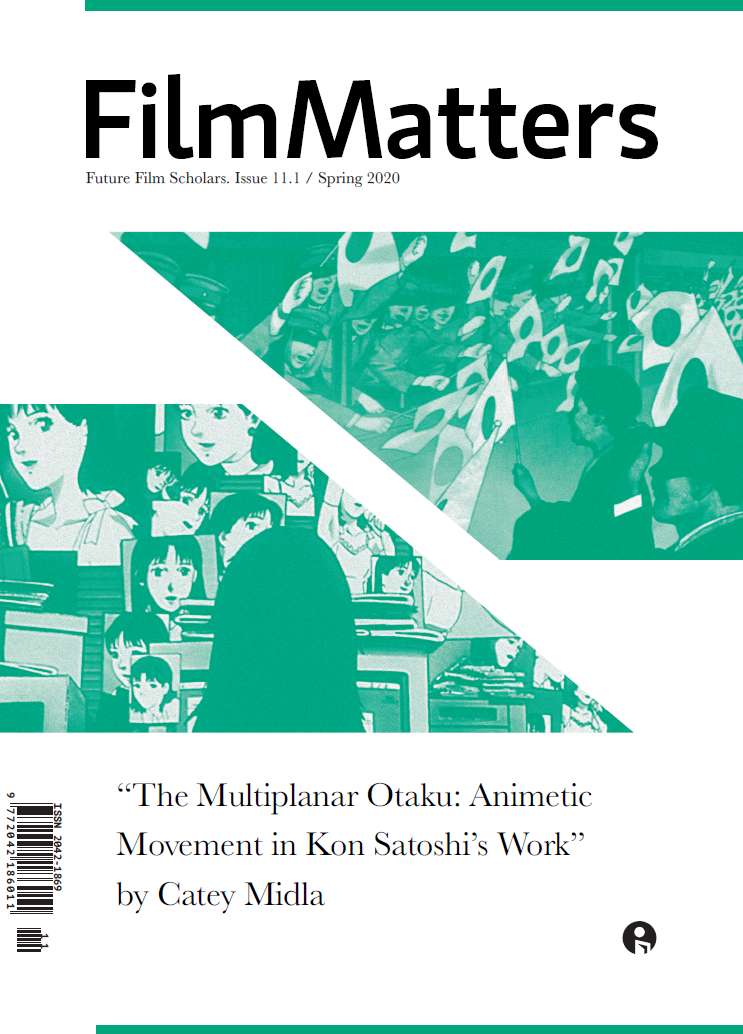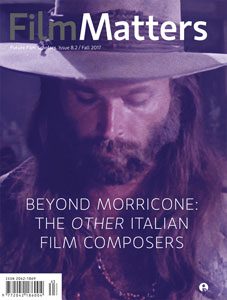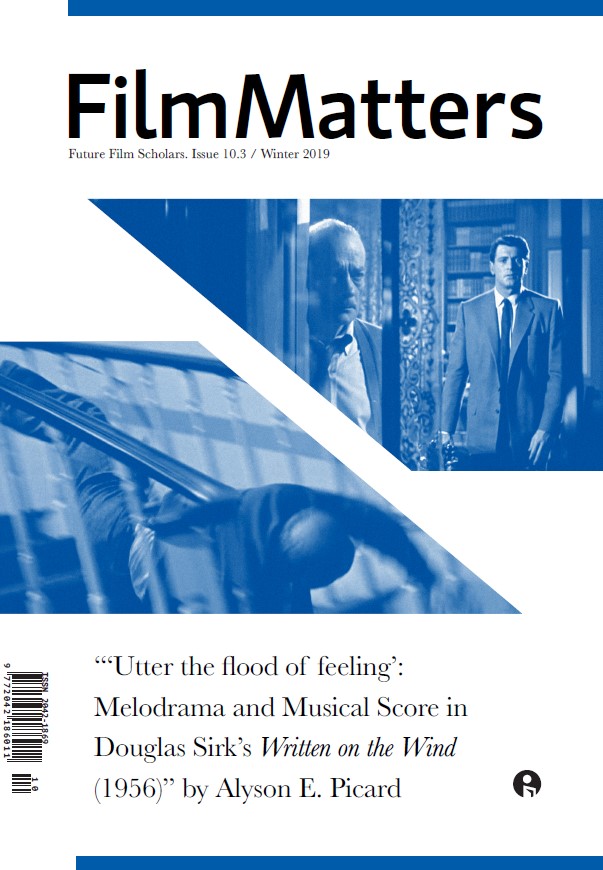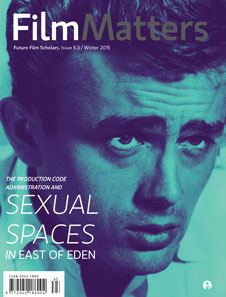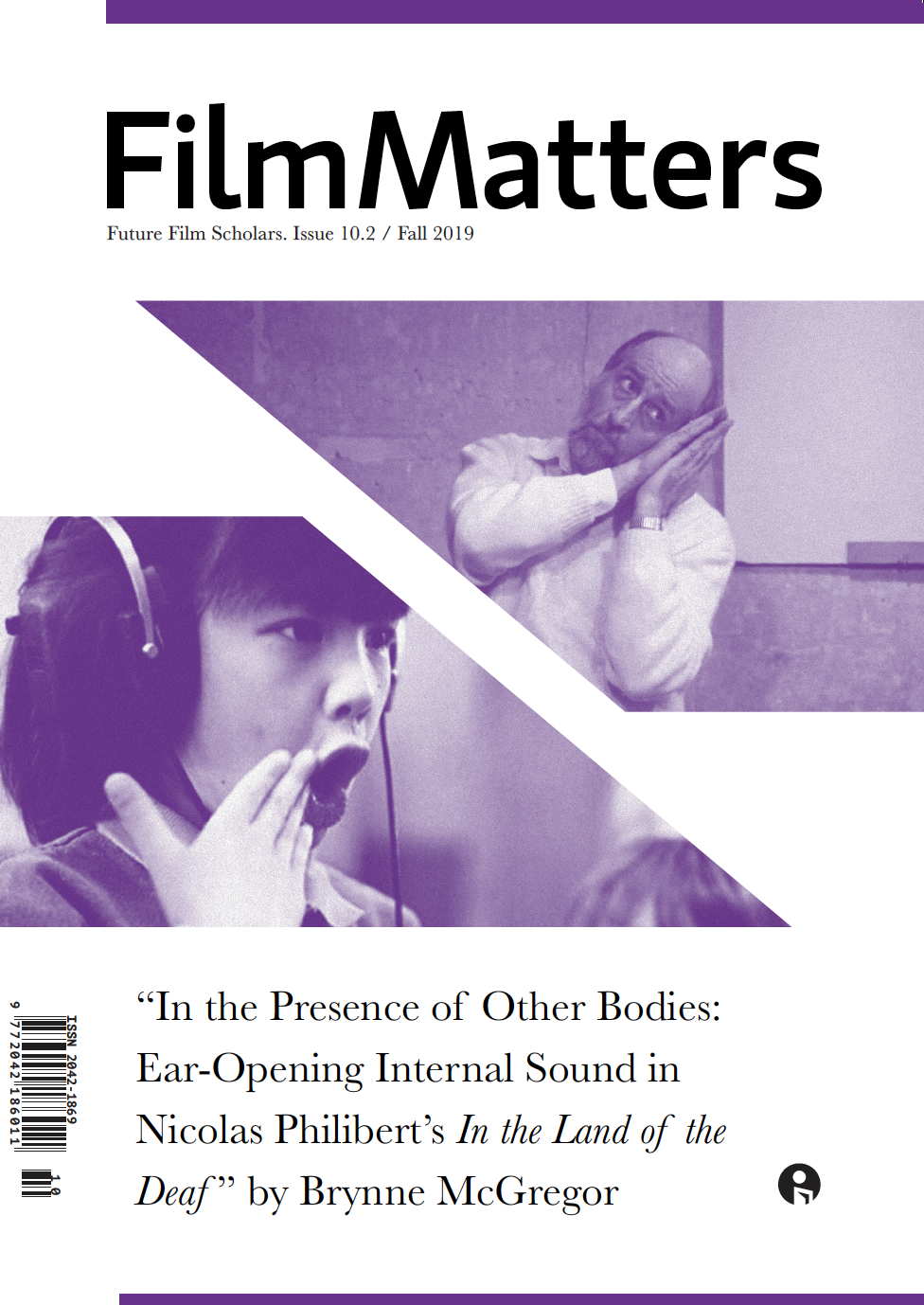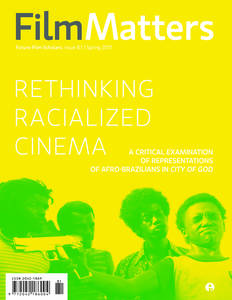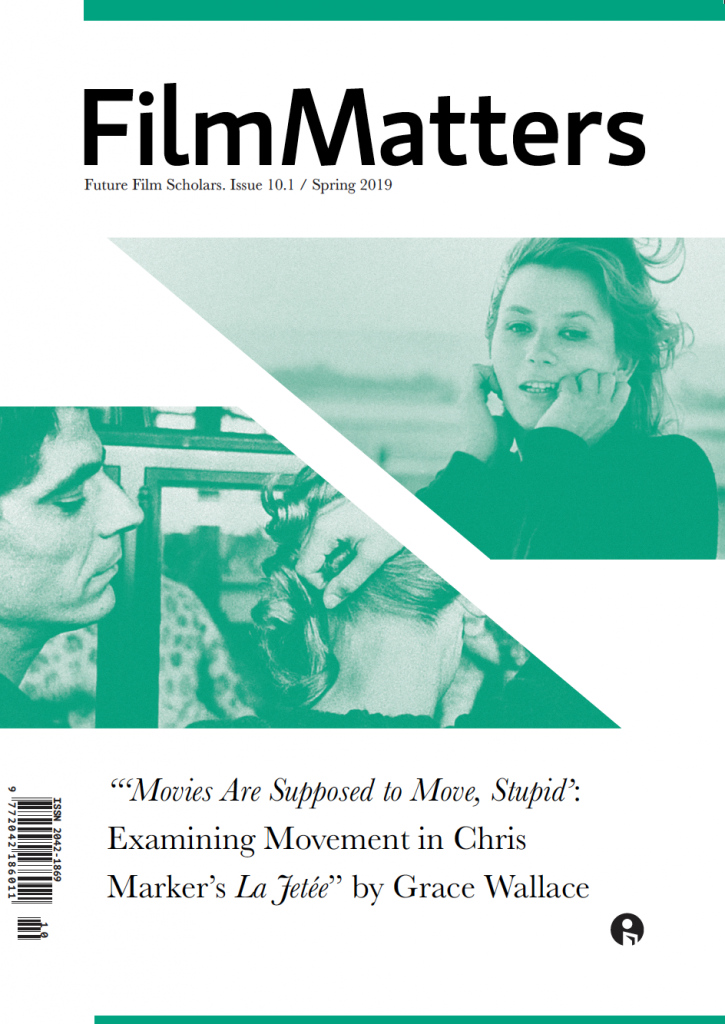“Can we imagine a Hollywood for the greater good?”- John Bredin
John Bredin is a writer, educator, visionary thinker, activist, TV show host, filmmaker, actor, and businessman. His prevailing project honors his ancestral connection to one of America’s first movie stars, Blanche Walsh, who was excluded from the history of times past due to the unaccounted whereabouts of the only film she starred in, Resurrection (1912). Martin Scorsese, the filmmaker who doubles as a film historian, has noted the weight of lost films in present-day society: “With every foot of film that is lost, we lose a link to our culture, to the world around us, to each other, and to ourselves” (Ochoa). Although Walsh’s film remains missing, John Bredin articulates the unrecorded life of Blanche Walsh for our culture, the world around us, each other, and ourselves in hopes of earning, in Walsh’s remembrance, an honorary Oscar and a star on the Hollywood Walk of Fame. Ultimately, Bredin is devising a pathway, in film scholarship, with sufficient room to grow, for an Old Hollywood star, Blanche Walsh, with cultural, traditional, and historical remediation as the pathway’s destination. By rewriting the birth of cinema and preserving the power of love and social justice, upon which its foundations were assembled, he aspires to impart a Hollywood that serves the greater good. John Bredin participated in this interview with Film Matters via email in summer 2018.
Lily Frame: Elaborate on your previous career paths as a writer, educator, visionary thinker, activist, TV show host, filmmaker, actor, and businessman.
John Bredin: I wrote a story at the age of eight titled “The Horse Player.” It was a satire on my uncle Ally, a real-life Damon Runyon character who lived in New York City and was the black sheep of our family. He loved to play the horses, palled around with a famous gangster, and came out with funny sayings like “No munya, no funya” and “Romance without finance is a nuisance.” I found him colorful and fascinating enough to want to write about.
Growing up, I was a shy, bookish kid, attracted to literature and writing but never one of the “cool” ones. I would’ve been a nerd in Happy Days, one of my favorite TV shows in the seventies—never the Fonze! In some way, my entire life project has been a struggle to find my voice, in the community and in the world. To learn how to tell my stories with confidence; and maybe even panache. A project that grew more focused when I became an English professor (helping others to find their voices) and, now, as I call myself: a teacher with a talk show. As my political consciousness grew, I also discovered the link between language and power in society; which added a democratic, liberating aspect to my vocation.
In my brushes with the business world, I found myself too humanistically oriented, not cutthroat enough to fit in. Like when I got fired from my job as a bank teller for talking too much to the customers! It makes me laugh now when I realize I was “in rehearsal” for my future career as a talk show host. In my brief foray into real estate, reacting to the selfishness and emptiness I sensed, I created a think tank called the Ethical Business Society, along with a radio show, New Bottom Line, to nurture a more humane corporate culture which puts the needs of people and the planet over profits. And I wrote a series of books on ethical business with titles like Money for Justice and Spy in the House of Capitalism.
In 2010, I found my true calling when my wife Claudia said “yes” to my dream of creating a TV show. Together we launched the nonprofit talk show Public Voice Salon, an open dialogue on education, the arts, and social change. Dedicated to keeping alive the humanities in an increasingly technocratic society, we believe in the importance of community, imagination, stories, and the art of human dialogue: subjects rarely discussed on mainstream media. We’ve featured some of the world’s leading intellectuals and cultural luminaries as our guests. Not to hawk products, but to discuss ideas. Recently, we visited with towering literary critic Harold Bloom at his home in New Haven, Connecticut. Harold issued a dire warning about the growing neglect of literature in the academy; a warning we take seriously. Continue reading










